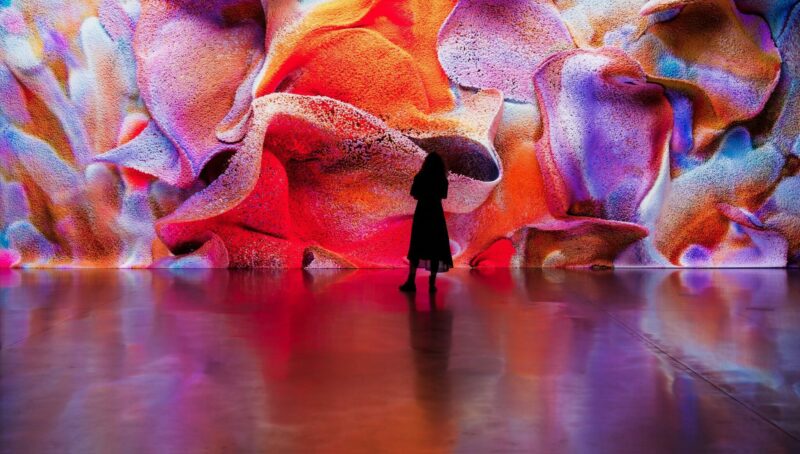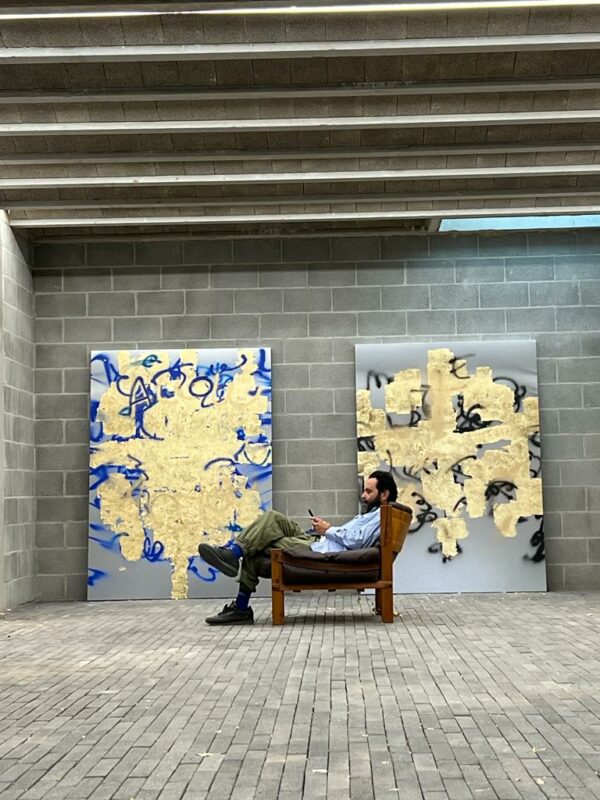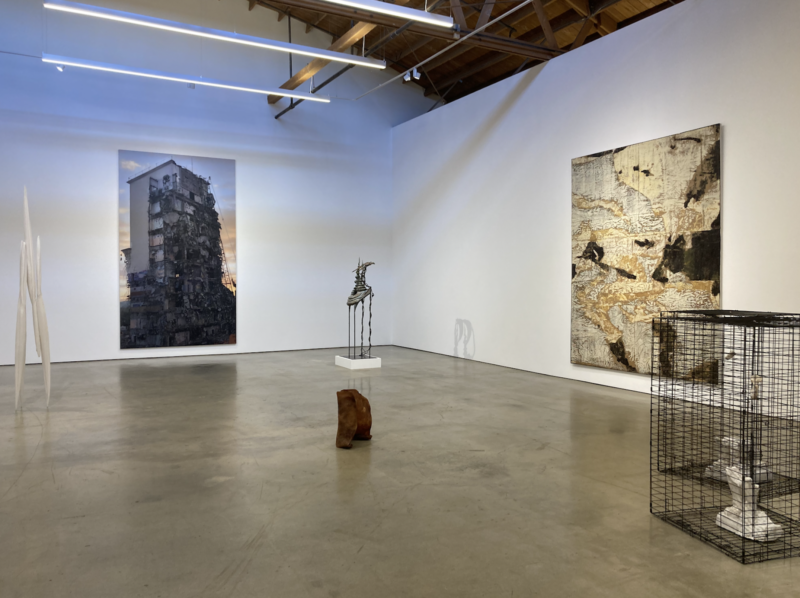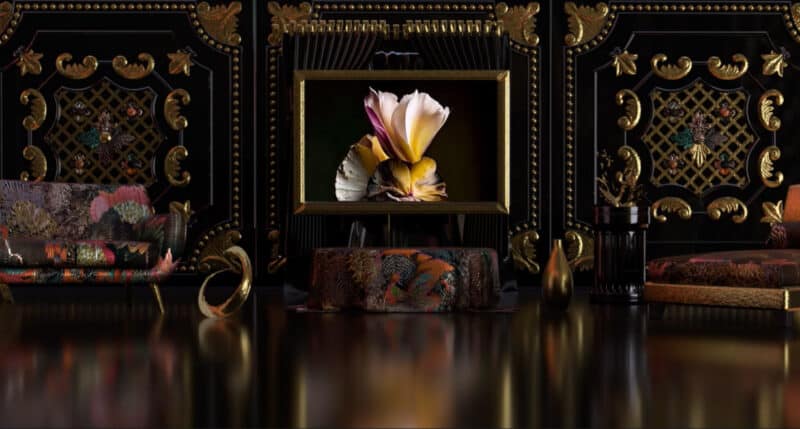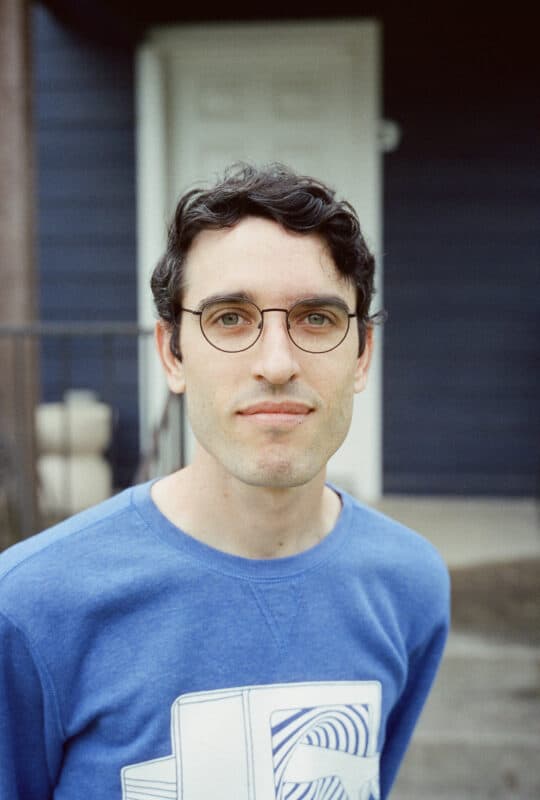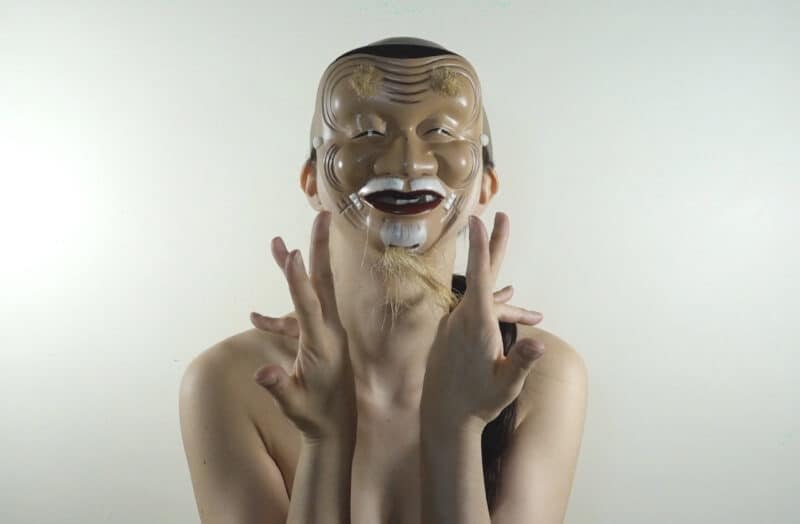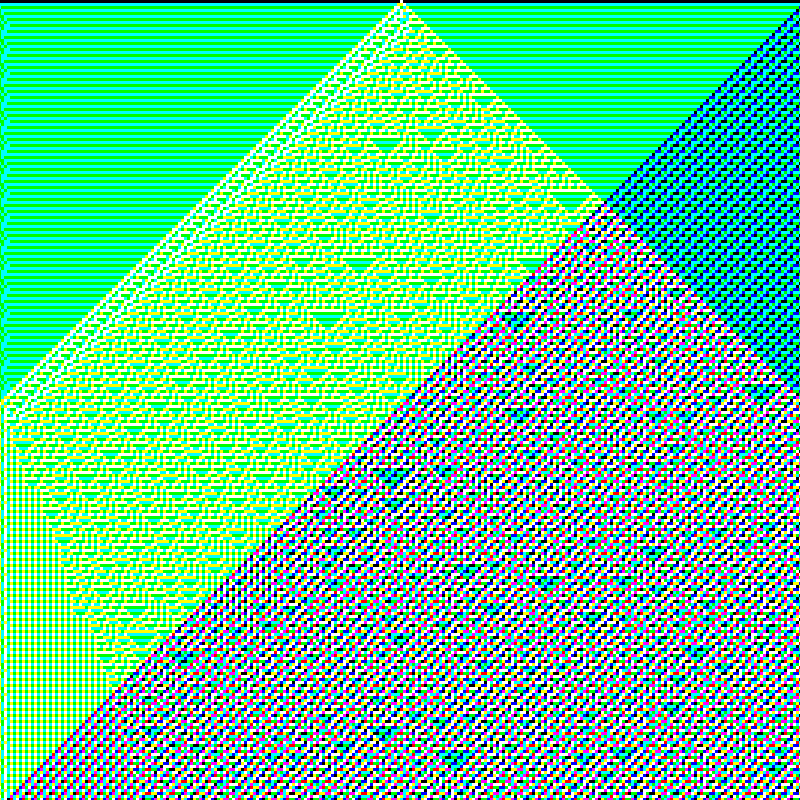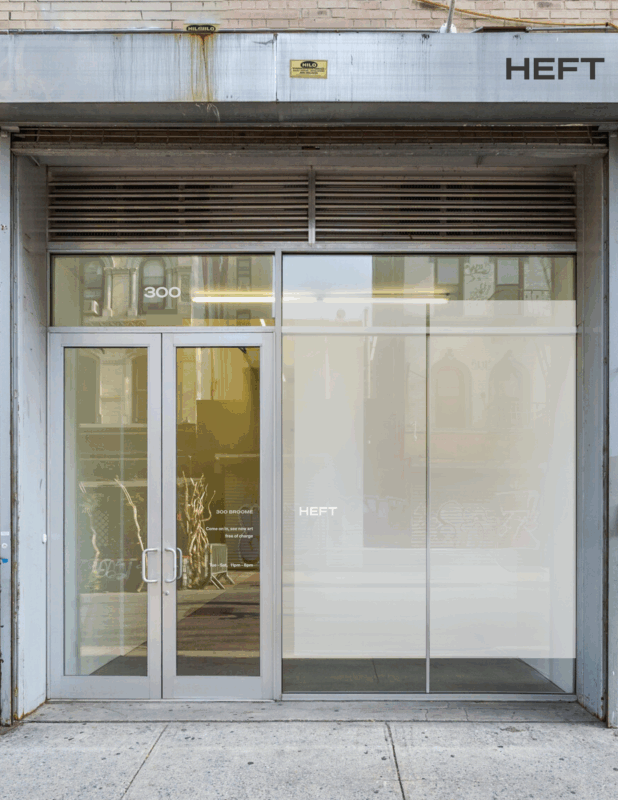
NEW contemporary art gallery to open in New York City’s Lower East Side.
22 April 2025 • Mark Westall
Heft, a new contemporary art gallery founded by artist and curator Adam Heft Berninger, will officially open its doors in New York City’s Lower East Side
